Chosen Theme: Polishing Techniques for Lasting Wooden Furniture
Welcome, makers and caretakers of wood. Today we dive into Polishing Techniques for Lasting Wooden Furniture, so every table, cabinet, and chair you touch can glow for decades. Expect practical steps, quietly heroic stories from the bench, and clear tips to extend durability. If you love long-lived luster, subscribe and join the conversation.
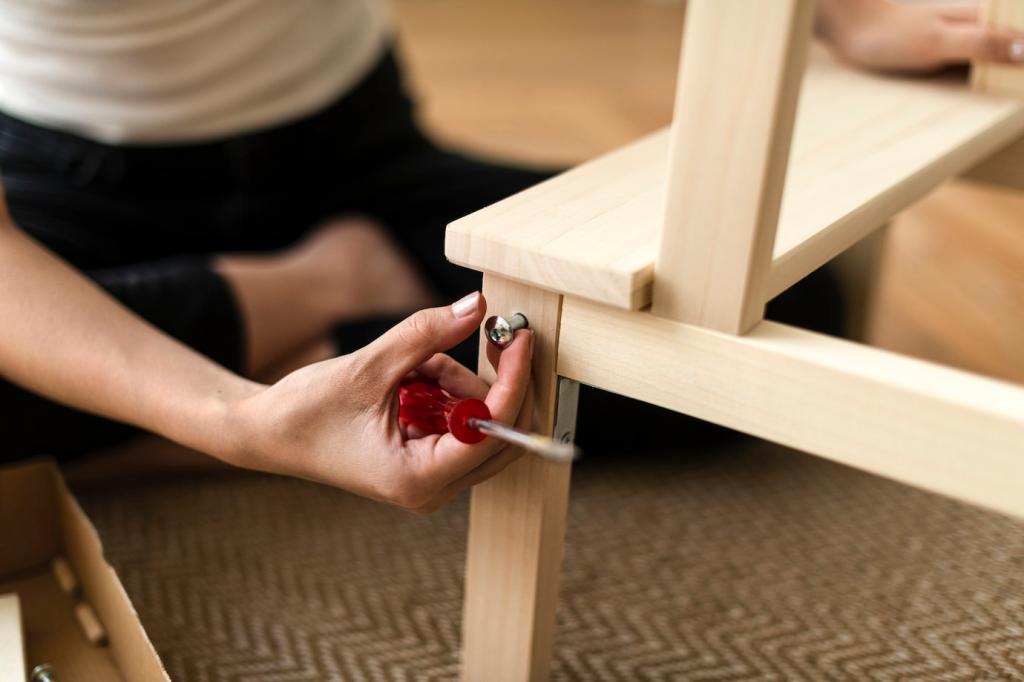
Reading Grain, Pores, and Moisture
Identify open versus closed grain, watch for reversing grain that tears under sanding, and confirm moisture levels are stable. Raising the grain with a damp wipe, then re-sanding lightly, reduces fuzz. This careful start prevents telegraphed scratches and preserves polish clarity for the long haul.
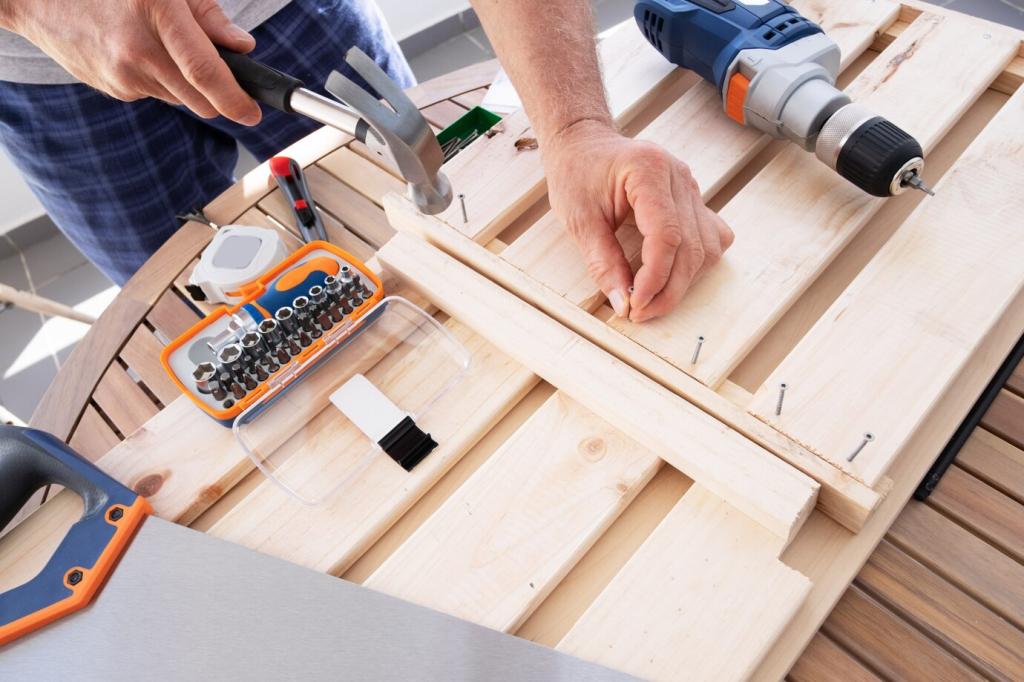
Smart Sanding Sequences That Last
Work through grits methodically, never skipping more than one step. For most hardwoods, 120 to 180 to 220 to 320 is reliable. Cross-light the surface to reveal lingering scratches. A final pass with 320 or 400 along the grain keeps polishing stages faster and results cleaner.
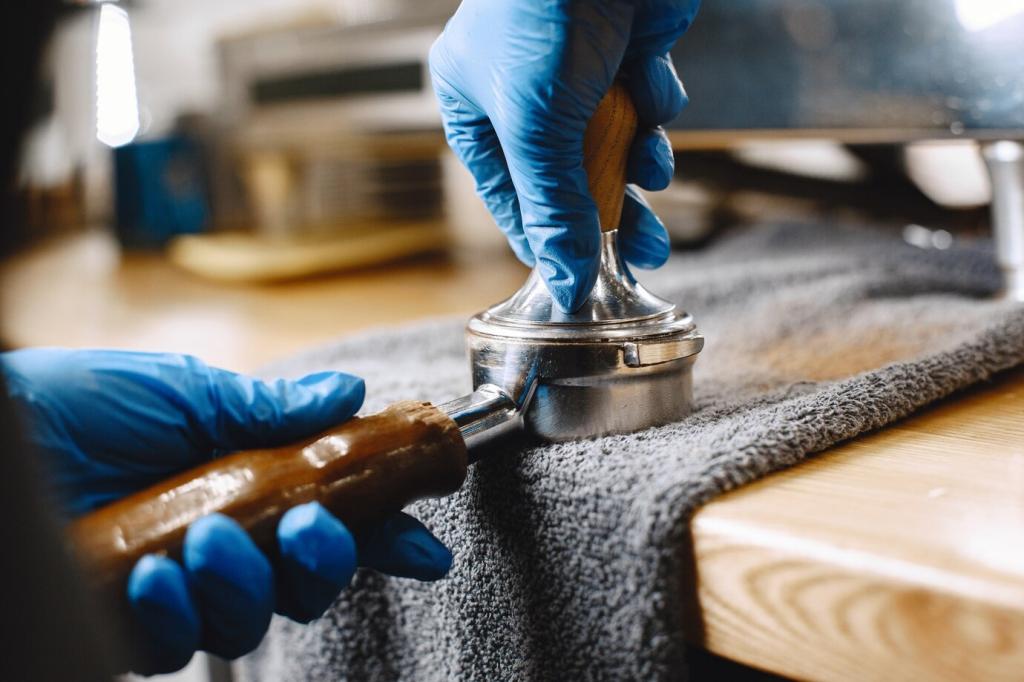
Dust Control and Surface Cleanliness
Use a dedicated brush, vacuum, and tack cloth to remove fine dust, then allow air to settle. Avoid silicone sprays anywhere nearby, which cause fish-eyes later. Wipe the surface with a compatible solvent to detect hidden glue spots. Clean prep means your polish bonds and levels beautifully.
Choosing a Finish and Polish System for Longevity
Pure oils enhance depth but cure slowly and need maintenance; wax adds sly warmth but limited protection. Hard-wax oils blend durability with repairability and are great for tactile furniture. Test on offcuts first to preview color shift, pore filling, and final luster under real room lighting.
Choosing a Finish and Polish System for Longevity
Shellac brings phenomenal clarity and fast build, excellent for antiques. French polishing produces mirror depth with a pad, alcohol, and shellac flakes. It rewards patience, thin layers, and gentle pressure. Though less heat and water resistant, it is very repairable, keeping heirlooms looking radiant through generations.
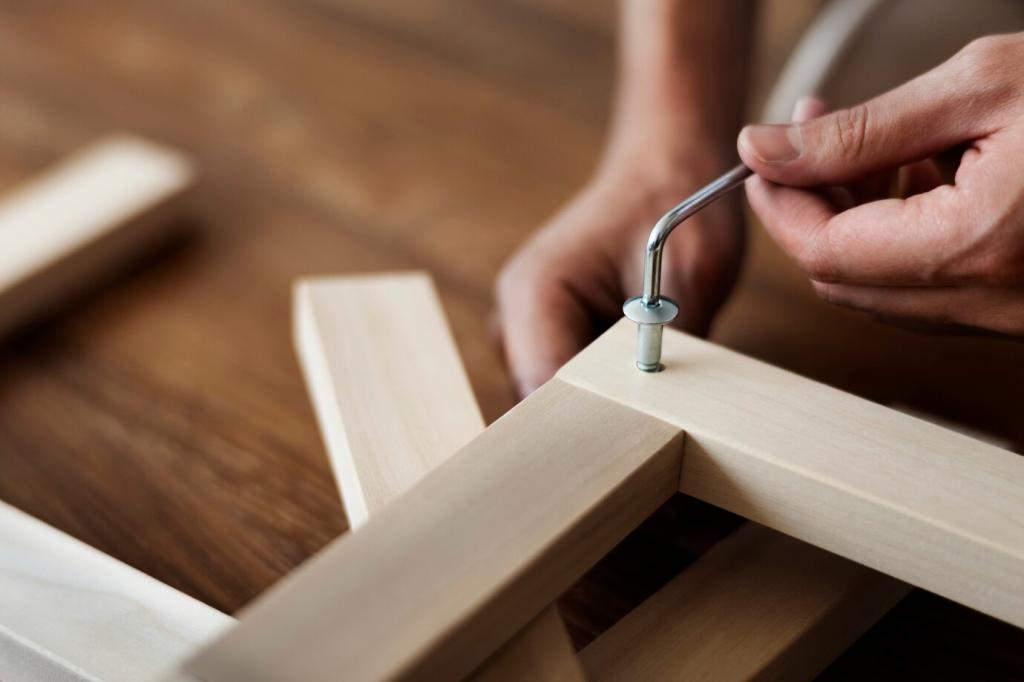
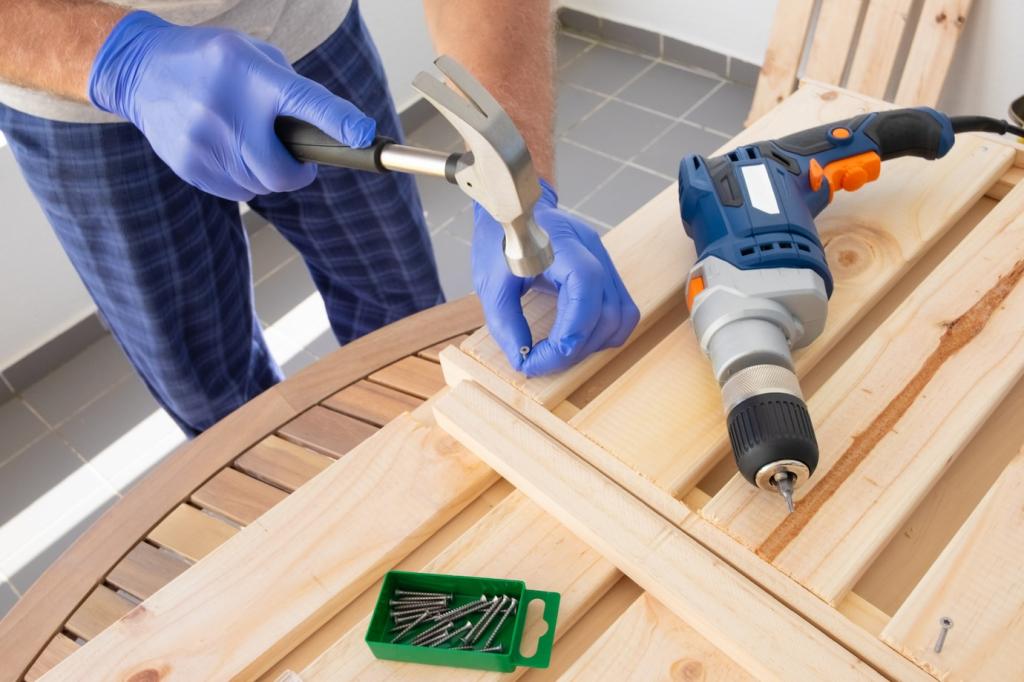
Application Mastery: Thin Coats, Even Films, Lasting Beauty
Charge a pad lightly, glide in overlapping ovals, and keep the pad moving to avoid sticking. Incorporate a whisper of oil as a lubricant, then gradually reduce it. Build many thin layers, letting alcohol flash off. The depth emerges slowly, revealing a liquid look that resists time with care.
Application Mastery: Thin Coats, Even Films, Lasting Beauty
Use a high-quality natural bristle for oil-based or synthetic for waterborne. Load moderately, lay off with the tips along the grain, and avoid overworking. Control temperature and humidity to reduce orange peel. A light sand between coats ensures leveling, setting up a final polish with fewer surprises.
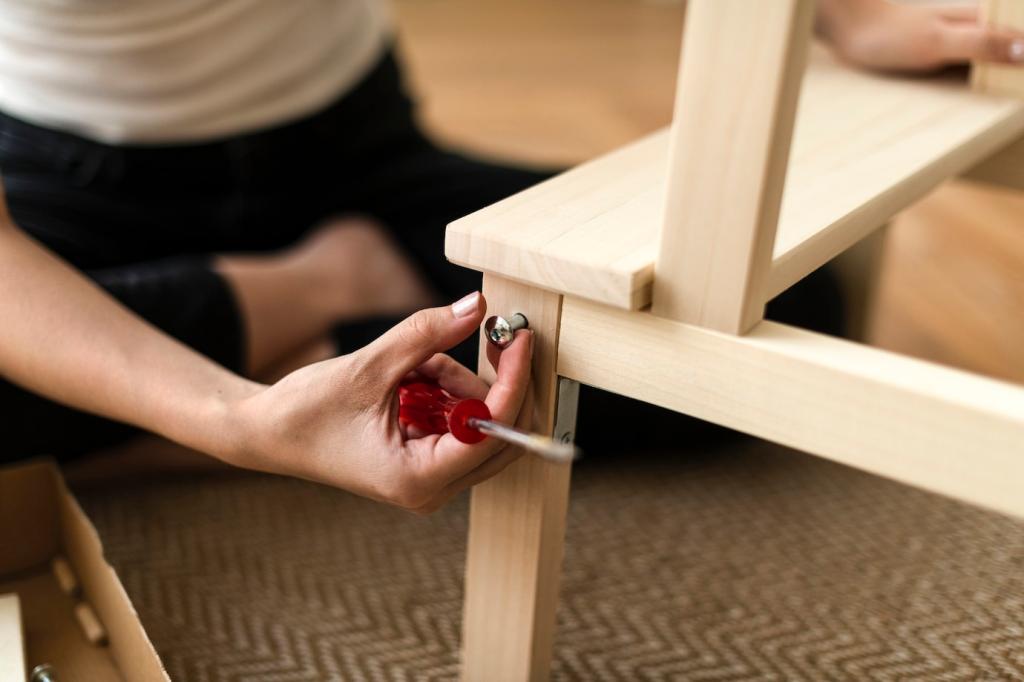
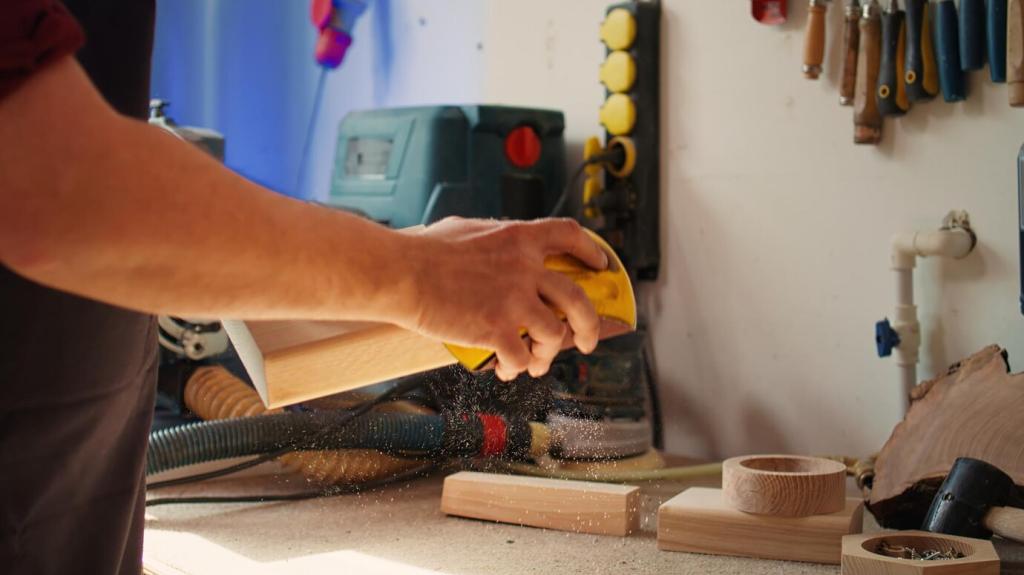
Rubbing Out and Buffing: From Smooth to Sublime
Abrasive Ladders for Predictable Results
After full cure, flatten with 800 to 1000 grit wet sanding, then progress through 1500, 2000, and micro-mesh grades as needed. Use light pressure and soapy water as lubricant. Finish with fine compounds to remove swirls. The key is patience, uniform passes, and disciplined cleanliness throughout.
Waxing and Burnishing for Final Glow
Apply a thin coat of quality wax with a soft cloth, allow a short haze, then buff by hand. Carnauba blends offer higher hardness; beeswax adds warmth. Burnish with gentle heat from friction, not force. This final touch protects the polish and invites hands to linger appreciatively.
Buffing Wheels, Heat, and Edge Safety
Avoid burning through by keeping the piece moving and using light pressure at lower speeds. Use separate wheels for compounds to prevent contamination. Protect edges with softer wheels and approach corners obliquely. Stop often to inspect. Durable polish favors cautious confidence over hurried, risky gloss.
Care that Extends Life: Curing, Cleaning, and Climate
Use soft, slightly damp cloths for dusting, followed by a dry buff. Avoid silicone cleaners that contaminate future repairs. Add felt pads under decor and coasters for drinks. Rotate items occasionally to prevent uneven fading. Little rituals compound into a polish that stays stunning for years.
Each year, clean gently, then apply a thin wax or maintenance oil suited to your finish. Address micro-scratches with 0000 steel wool and lubricant, then re-wax. Inspect joints, felt pads, and sun exposure. An hour of care now prevents the need for aggressive repolishing later.
Keep hot items off polished surfaces and protect from prolonged direct sunlight with sheer curtains or UV film. Wipe spills immediately, especially alcohol or citrus. Use runners for dining tables during gatherings. Prevention is kinder than repair, and it preserves both sheen and sentiment.
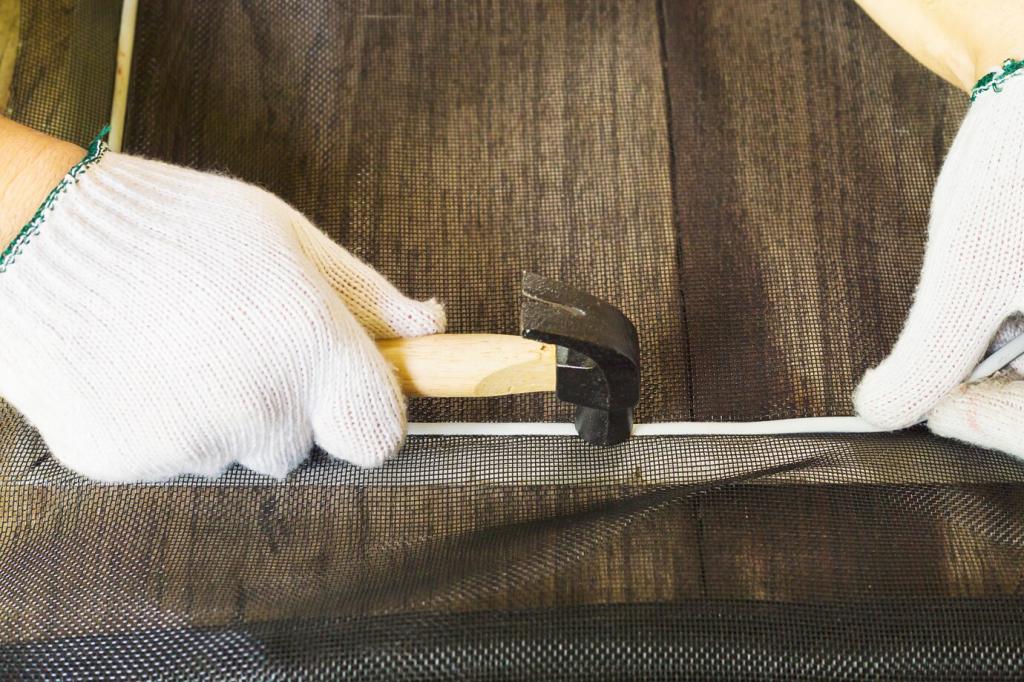
Troubleshooting: Fixing Flaws Before They Set
Allow full dry, then level gently with 600 to 800 grit on a firm block. Feather edges, clean thoroughly, and recoat thinly. Improve airflow and filtration, and strain finishes. After curing, rub out with fine abrasives, then wax. The surface returns to calm, continuous reflection.
Troubleshooting: Fixing Flaws Before They Set
Blushing appears as cloudiness from trapped moisture; use retarder or warmer conditions. Witness lines between coats fade with careful leveling and additional thin layers. If a film feels soft, extend cure time and reduce thickness of subsequent coats. Patience rescues many finishes from avoidable rework.
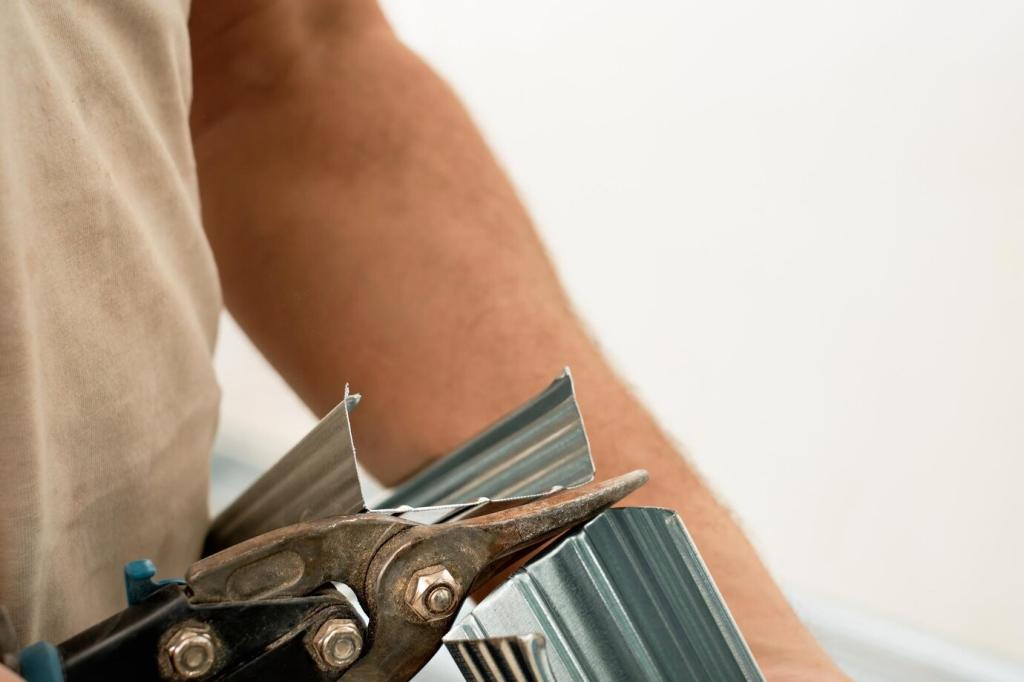
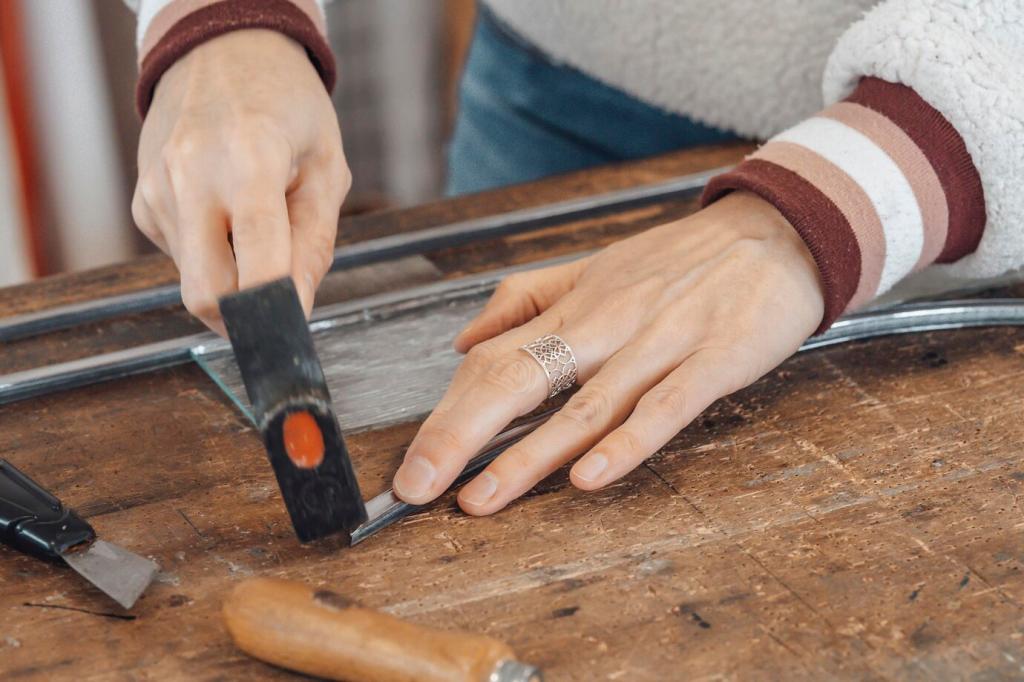
Safety That Safeguards Your Shine
Ventilation, Masks, and Skin Protection
Use proper respirators for solvents, ensure cross-ventilation, and wear gloves suitable for the chemicals in use. Keep materials data sheets handy. Comfort increases patience, and patience builds better polish. Your body and your furniture will both thank you for the care.
Managing Oily Rags and Fire Risk
Store oil-soaked rags in a sealed metal container or lay flat to dry safely, never crumpled. Spontaneous combustion is real. Label your waste, and remove it frequently. Fire-safe habits cost little time and may save your shop, your work, and priceless memories attached to furniture.
Tool Maintenance for Predictable Results
Clean brushes thoroughly, keep pads dedicated to specific polishes, and mark containers to avoid mix-ups. Replace worn abrasives before they scratch unpredictably. Reliable tools remove variables, letting your technique shine. Consistency today creates a repeatable path to lasting, confident polish tomorrow.
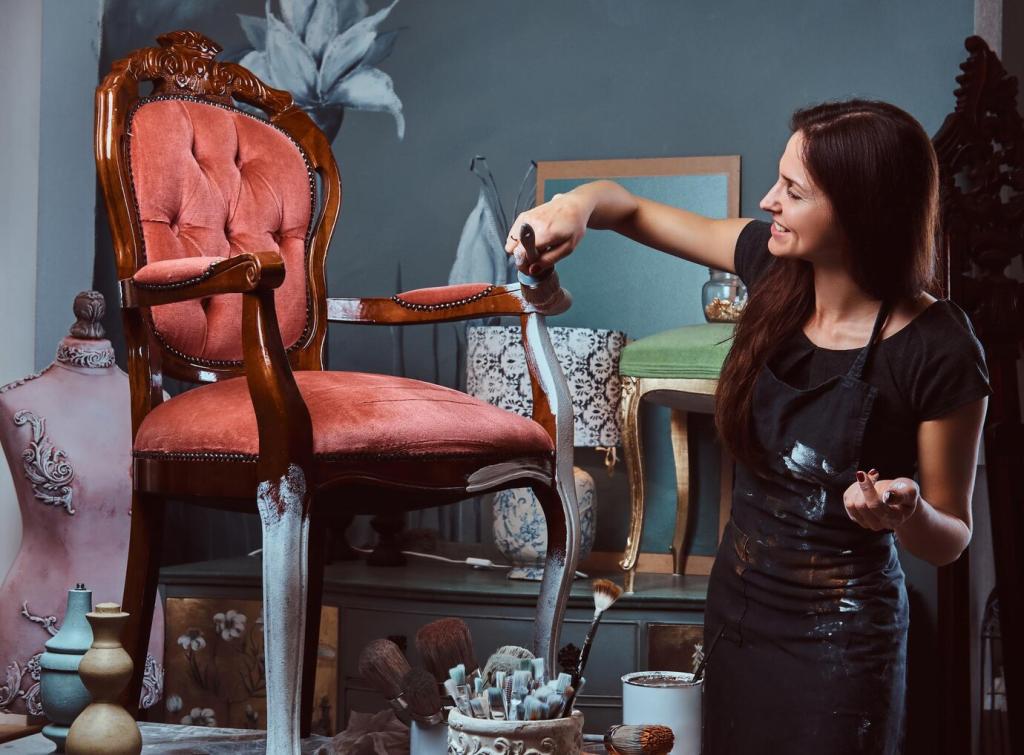
The table arrived dull, water-ringed, and timid. After careful prep and a shellac French polish, the grain brightened like sunrise. A final wax brought gentle warmth. Her grandson ran a hand along the edge, smiling. That quiet touch said the polish would protect more memories to come.
From the Bench: A Short Story of Lasting Polish
One rushed coat sagged, forcing extra leveling. The fix was humbling and helpful. Thin layers, long cures, and clean tools created a lasting finish. Now, each project gets a slower clock, and the polish rewards that respect with steadier sheen and fewer repairs over the years.
